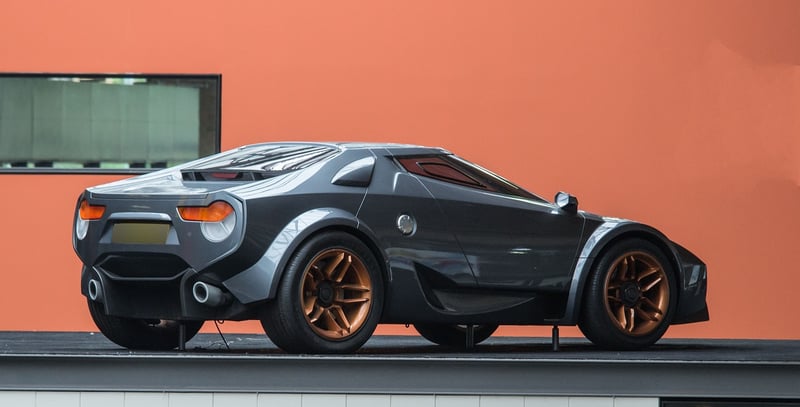Experimental Prototypes
Tools for Time Travel and Experimental Prototypes
Introduction
Time travel has been a captivating concept in science fiction for decades, but recent advancements in technology have made it a topic of serious scientific inquiry. In this article, we explore the tools used in theoretical time travel research and some experimental prototypes that are pushing the boundaries of our understanding of time.
1. Quantum Computers
Quantum computers are at the forefront of time travel research due to their ability to perform complex calculations at speeds unimaginable by classical computers. These machines leverage the principles of quantum mechanics to process information in ways that could potentially simulate time travel scenarios.

2. Wormholes
Wormholes are hypothetical passages through spacetime that could create shortcuts for time travel. While theoretical at this stage, scientists are exploring the possibility of manipulating wormholes to facilitate safe and controlled time travel.

3. Tipler Cylinder
The Tipler Cylinder is a theoretical construct proposed by physicist Frank J. Tipler. It involves a massive rotating cylinder that could allow for closed timelike curves, theoretically enabling time travel into the past. While purely speculative at this point, the concept continues to spark scientific debate.

4. Chronology Protection Conjecture
Proposed by physicist Stephen Hawking, the Chronology Protection Conjecture suggests that the laws of physics prevent time travel on macroscopic scales. This concept serves as a safeguard against potential paradoxes that could arise from altering the course of history.
Conclusion
While time travel remains a theoretical and speculative field of study, the tools and experimental prototypes discussed in this article offer a glimpse into the fascinating possibilities that lie at the intersection of science and science fiction.
